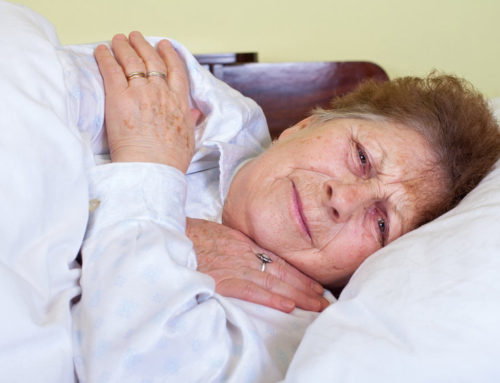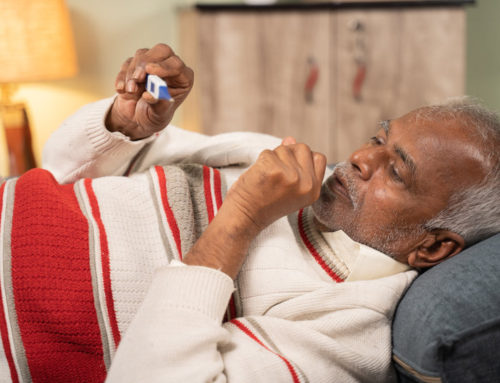Share This Story!
How Staying Active Protects the Bones
Many people incorrectly assume that growing older means losing bone density and inevitably being diagnosed with osteoporosis. Even though the myth persists, seniors don’t have to experience aggressive bone loss. In addition to eating right and ensuring that the home is a safe space that’s obstacle-free, a great way for seniors to prevent osteoporosis is to stay active. Consider incorporating the following exercises into a daily activity routine to improve balance and muscle strength.
1. Weight-bearing exercises to battle osteoporosis
Weight-bearing exercises are divided into high-impact and low-impact activities. Weight-bearing simply means an individual is engaged in activities that require moving against gravity while staying upright. The exercises don’t require the use of weights since an individual’s body weight is sufficient. However, people who have osteoporosis and have broken a bone or are at risk of breaking a bone should opt for low-impact weight-bearing exercises. High-impact activities include aerobics, hiking, jogging or running, tennis, and dancing. Low impact exercises include using exercise machines like ellipticals, stair-stepping machines, and treadmills.
2. Strength training with resistance bands
If using free weights or machines is intimidating, resistance bands are a great alternative and can be done at home. Using resistance bands can assist in improving muscle strength throughout the body, depending on the muscle groups that are targeted with each exercise. Simple ways to incorporate resistance bands into a workout routine include the following exercises, with variations for a few that can be done in a seated position:
- Squats
- Chest pulls
- Bicep curls
- Lateral raises
- Chest presses
- Leg presses
- Calf presses
- Tricep presses
3. Swim to stay limber and improve bone regeneration
If an individual can’t participate in high-impact activities, swimming is a great low-impact exercise that also serves as a total body workout with bone health benefits. The natural buoyancy of the water helps minimize strain on joints, which is why the activity is recommended for individuals who can’t engage in weight-bearing exercises. But swimming also helps the body in bone turnover, or the ability to generate new bone cells, as well as strengthen muscles, and improve balance. Even though the rate of bone turnover isn’t as high as with other high-impact exercises, swimming is an excellent option for seniors who struggle with free weights or weight machines.
Putting it all together
A significant aspect of improving senior bone health comes down to choosing to stay active and selecting exercises that are compatible with an individual’s capabilities. Choose between high-impact or low-impact exercises or opt for a gentle activity like swimming to improve balance while minimizing strain on the body’s joints. Along with a healthy diet, exercise is one of the best ways to help prevent or minimize the risks associated with osteoporosis. Older adults that are concerned about osteoporosis, or are curious about ways to engage in exercise safely, should speak with a healthcare provider.





